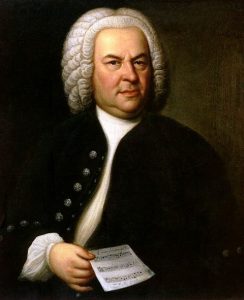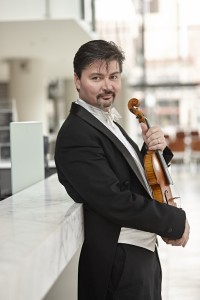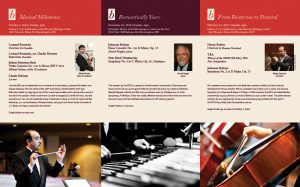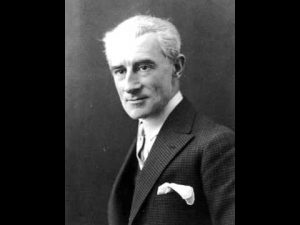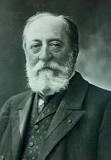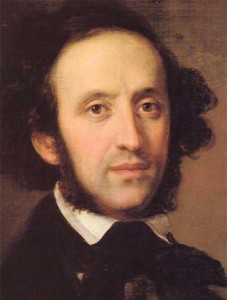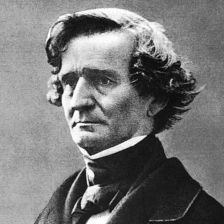Symphony No. 5 in D minor, Op. 47
Dmitri Shostakovich
Before each concert, we share “Manny’s Musings,” thoughts from our Music Director and Conductor, Manny Laureano. This is the second edition of the “Musings” for the “Music in 3D: #6” concert that will be performed on Sunday, May 5, 2019.
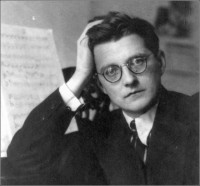
It is always a dilemma to write about Dmitri Shostakovich, who was born in St. Petersburg in 1906 under the Tsarist rule of “Bloody” Nicholas II and who died in Moscow in 1975 under Soviet domination led by Leonid Brezhnev. In effect, baby Dmitri was born in a Russia that had suffered the violent conflict of a failed revolution against Nicholas II a year before. By the time he broached adolescence, a new future for Russia was on the horizon with new leaders and new problems. Somehow, a young and somewhat sickly—but prodigiously talented—boy would try to perform on the piano while developing his gift for composition. The dilemma comes in trying to know who the real Dmitri Shostakovich is.
His musical parents gave him what he needed, to attend the Conservatory in what was renamed Petrograd, at the age of 13. He studied piano with a vengeance, but his composing skills were rapidly increasing. He loved the musical examples he heard in the works by Rimsky-Korsakov. They gave him the road to follow in his quest to learn how to best use the instruments of the orchestra. His orchestral language and wit were present in his First Symphony, a student piece that would be the envy of many 20th century composers to follow. He also benefited from the opportunity to use his improvising skills at the piano to accompany movies live. Was this young man the real Shostakovich?
He set upon writing his Second and Third Symphonies, both of which had contemporary political statements as their centerpieces with titles like To October and The First of May. Such music could not have displeased the local Communist leaders, could they? They included choruses and new sounds for that relatively new century. The fact is, they were not well-received and there would be a six year lapse before Shostakovich would provide another symphony for public consumption. There was more music to write, anyway. He wrote operas, chamber music, ballets, and a concerto for trumpet and piano. Even though it would not be performed for quite some time (until 1960) Symphony No. 4 did roll out of his pen. It was however, on the heels of his opera, Lady Macbeth of Mtensk District or Lady Macbeth of Minsk. All was well and Dmitri was being performed consistently. Was this driving force in Soviet musical art the real Shostakovich?
…To be continued!
Join Music Director & Conductor Manny Laureano, for the concert, “Music in 3D: #6” featuring award-winning cellist Nygel Witherspoon soloist for the Cello Concerto. The concert takes place on Sunday, May 5, 2019, at 3 p.m., at the Gideon S. Ives Auditorium at the Masonic Heritage Center (11411 Masonic Home Drive, Bloomington)
To learn more about the concert, click here. You can order tickets online through the Masonic Heritage Center Box Office, or by calling 952-948-6506.


